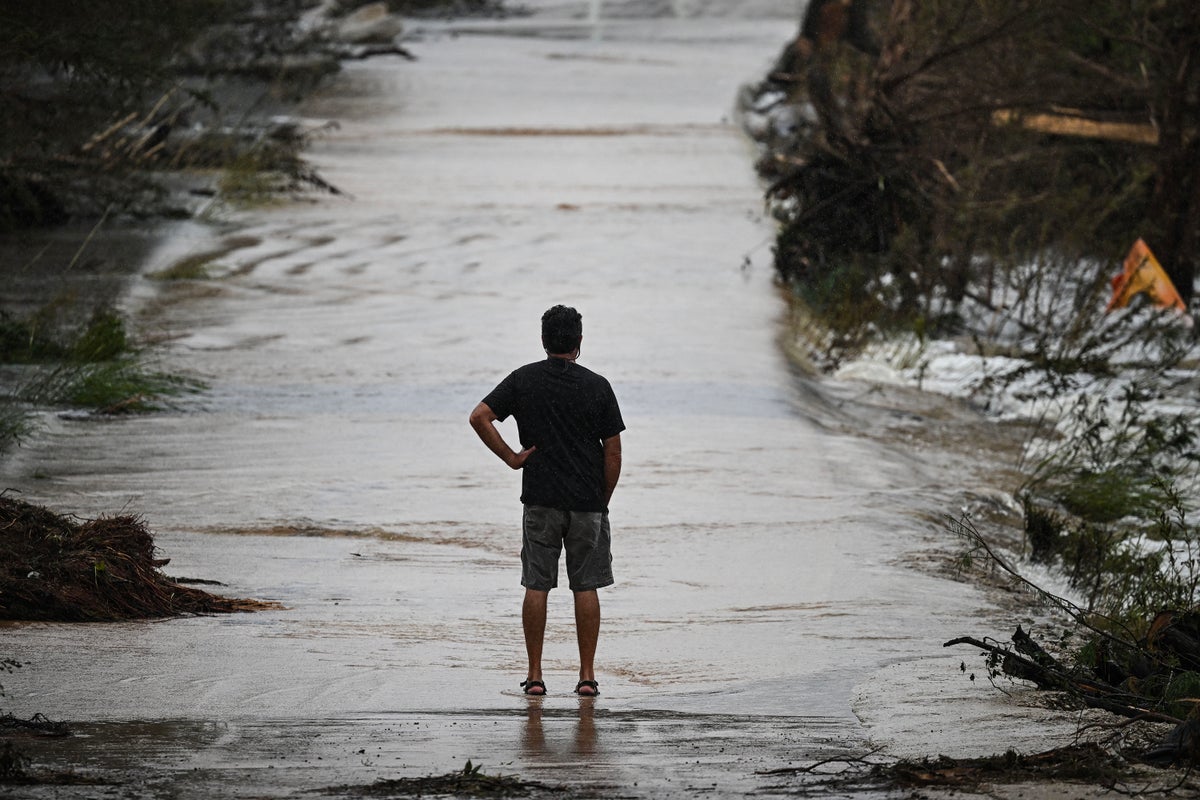
"Recent AI weather models performed poorly during the Texas floods, while traditional models excelled, demonstrating the current limitations of AI in weather forecasting."
"Experts suggest that despite the recent failures, AI has the potential for deep learning in atmospheric physics, which could improve future weather predictions."
"Budget cuts to NOAA and historic underfunding of AI weather systems are significant barriers to enhancing federal AI forecasting capabilities amid increasing extreme weather."
"NOAA's communication director assured that budget cuts would not affect the agency's research and forecasting priorities, emphasizing a commitment to integrating advanced technologies."
AI has shown potential in weather forecasting but failed during the Texas floods, where traditional local models succeeded. Experts highlight that AI weather models are developing capabilities for deep learning of atmospheric physics, allowing them to predict unprecedented weather events. However, budget cuts and inadequate federal investment in AI weather systems pose significant challenges for improving these models. NOAA maintains that despite these funding issues, the agency is committed to advancing forecasting technologies and ensuring they remain effective in tracking severe weather.
Read at subscriber.politicopro.com
Unable to calculate read time
Collection
[
|
...
]